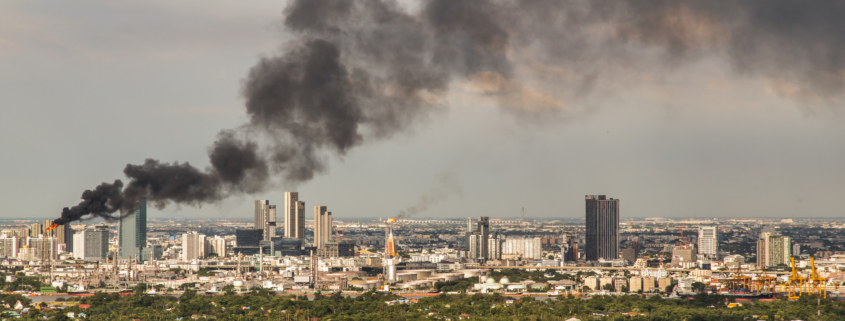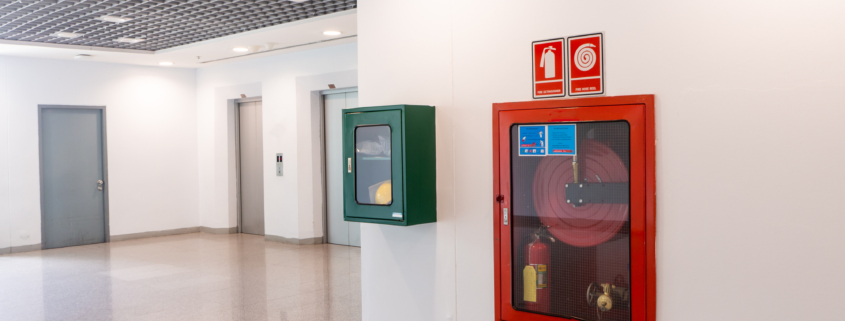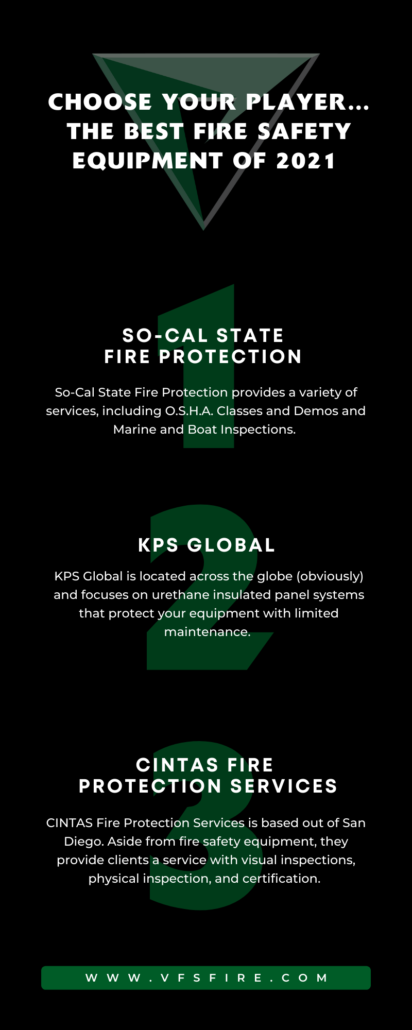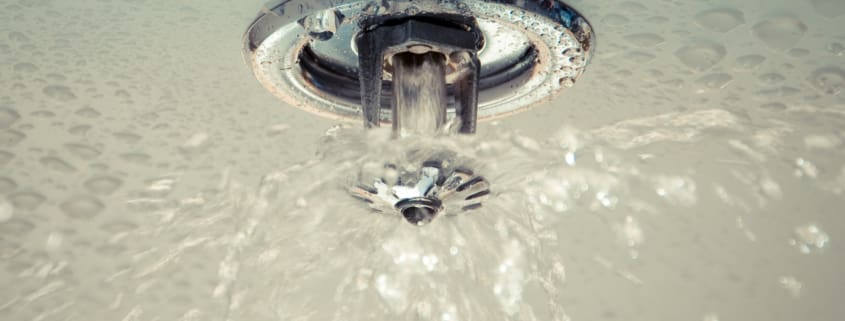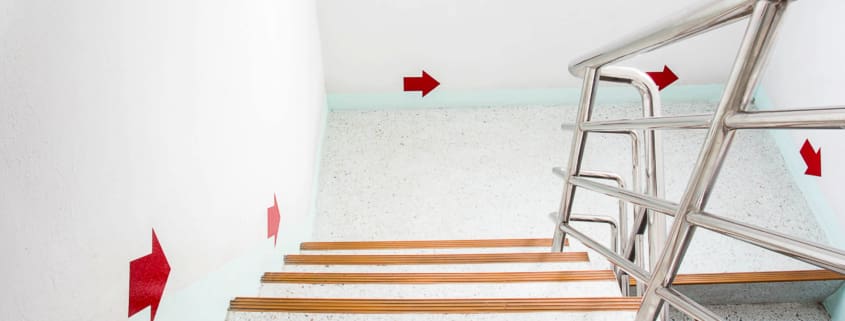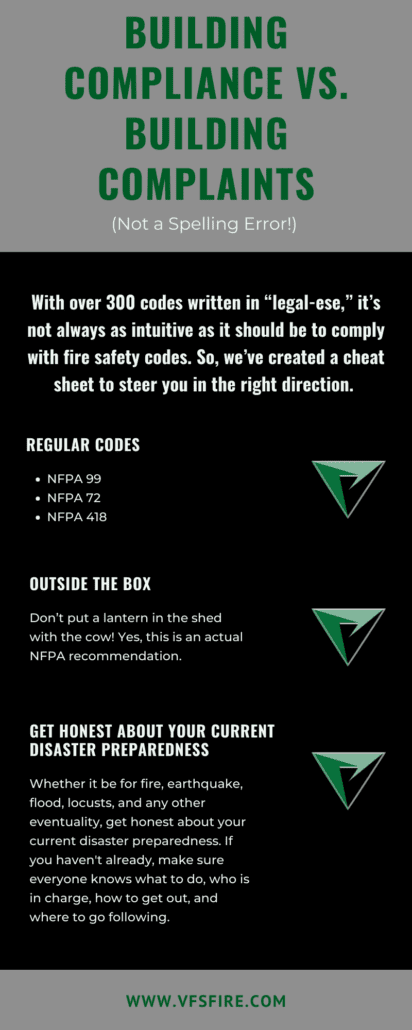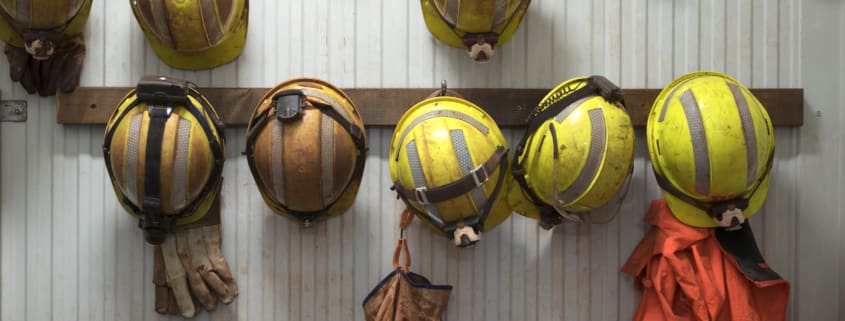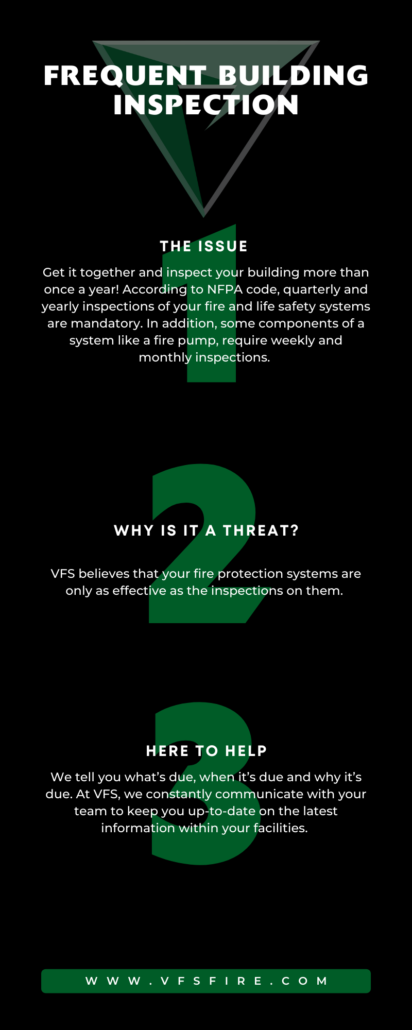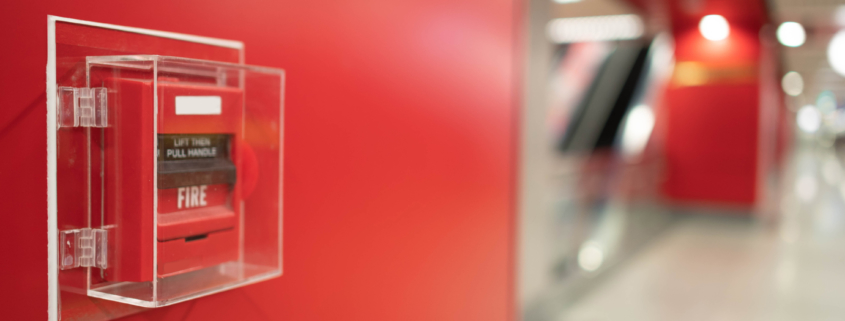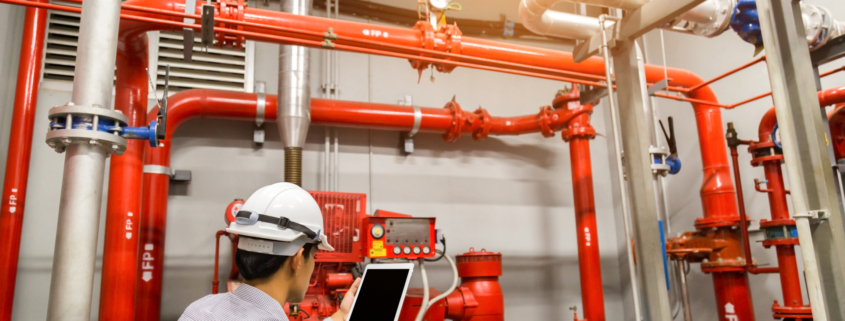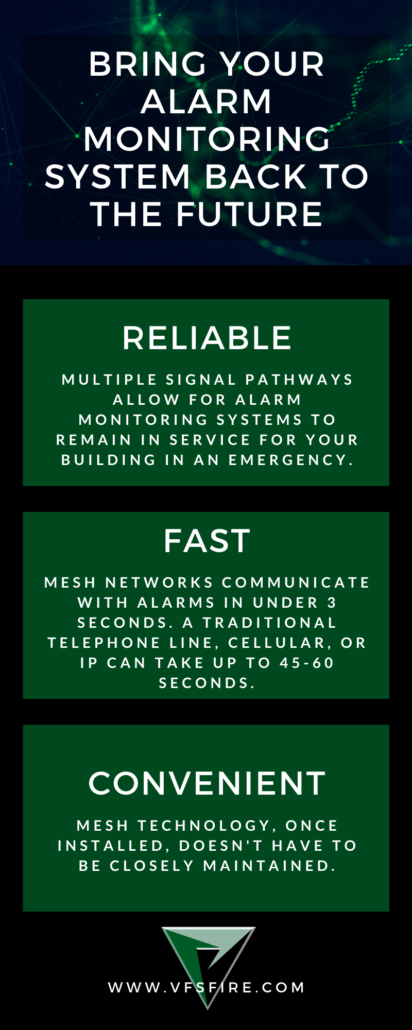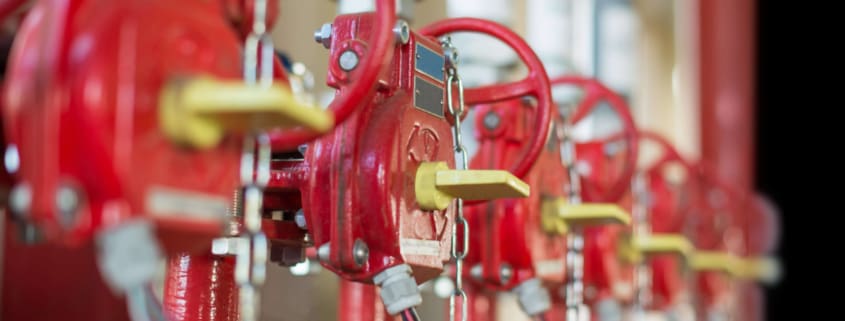VFS Fire and Security Services believes in protecting what matters most. A major component of fire protection that is often overlooked is fire prevention.
It’s important to understand the difference between fire prevention and fire protection as you look to create a holistic approach to your building’s fire safety.
What is fire prevention?
Fire prevention consists of the actions you take outside of your fire protection systems to help prevent a fire from occurring. The prevention really occurs before a fire occurs, while the protection is for during a fire emergency. While there are many ways to bring fire prevention into the workplace, we’ve pulled together a few of the most common, and most essential parts of your fire prevention plan.
Establish an evacuation strategy.
Establishing an evacuation strategy for your team is essential to the safety and protection of your people. Your evacuation strategy makes it safer and more efficient for your employees and potential customers to exit the building.
Not only is it essential to keep your employees safe from harm, but OSHA guidelines also require that a business have an emergency evacuation plan in place. See the OSHA regulations for emergency action plans here.
Maintain & Service Your Fire Safety Equipment.
Testing and Inspection
VFS Fire and Security Services believes that your fire protection systems are only as effective as the inspections performed on them. There are main systems that should be considered when looking at your commercial property during a fire and safety inspection:
- Fire Sprinkler Systems
- Fire Suppression Systems
- Alarm & Detection Systems
- Portable Fire Extinguishers
- Sound and Communication
- Integrated Security
- Life Safety
Annual (or even more frequent) inspections are a huge part of fire prevention because if a system or piece of equipment fails, then any efforts towards fire protection are most likely to fail.
Service and Repair
Service and repair of equipment and systems is the next step in understanding fire protection. Service and repair mean staying up to code and in compliance with all service and repair requirements is the goal of fire prevention.
System Upgrades
How long do you think a fire protection system is supposed to last? If your first thought is 30 years, think again.
The average lifespan of a fire protection system is 12 to 15 years.
Keeping your systems updated is a key role in fire protection. Fire protection systems are complicated and there are a lot of moving parts involved. Don’t worry, when an individual part fails, the entire system does not need to be replaced (most of the time). Even if a single part being replaced doesn’t automatically mean throwing out the whole system, there are components that might need to be upgraded with older systems to improve your interconnectivity.
Fire prevention is the first piece of the puzzle when diving into fire safety for your commercial property.
Employee Fire Prevention Training
One of the major causes of fires in the workplace is human error. People can start fires in a variety of ways in the workplace (really… we’ve seen some crazy stuff!), a few of the most common mishaps typically deal with mishandling chemicals, improper storage of combustible materials, and kitchen accidents.
Because of this, it is essential that your employees understand proper fire safety and understand what to do in case a fire occurs. Train your employees on the proper ways to operate the business’ machinery, and how to store and remove of hazardous materials.
Communicate with your Team
One of the best ways you can prevent fires from occurring is with communication. Perform routine fire drills, how to leave the building in a calm and safe manner during this stressful situation. We recommend having both scheduled and unannounced fire drills to ensure your employees are ready when they need to be.
Communication goes beyond practice and proper training. Communication also refers to clear exits and escape routes. Smoke can easily fill a room with people still in it. This smoke makes it difficult to see and find the exit. Posting easy-to-read exit signs and escape routes is essential to the safety of your employees. We would also recommend installing floor lights for easy visibility.
What is fire protection?
Safeopedia defined fire protection as, “Measures are taken to prevent fire from becoming destructive, reduce the impact of an uncontrolled fire, and save lives and property.”
So, a fire protection system exists to lessen the damage of a fire if it occurs. The three main essentials of fire protection are:
- Study of Fire
- Active Fire Protection
- Passive Fire Protection
The study of fire is our role at VFS Fire and Security Services and paves the way for how we implement fire protection systems.
Fire protection systems all orchestrate together to prevent the fire from becoming even more destructive or deadly. Making sure that all NFPA building codes are followed with building construction and fire protection system implementation is important with fire safety.
Having both active and passive fire protection systems in place is important to ensure your building, and more importantly, your team remains safe from harm.
What is passive fire protection?
Passive fire protection systems are stationary materials designed to prevent the spread of fire and smoke. These systems help keep the fire in its original area, therefore, stopping it from spreading throughout the building. The combination of active and passive fire protection systems can help put out fires faster and stop additional damage from occurring.
They can also be used to channel the flames out of the building. When you have passive fire protection systems in place, fires that do occur are easier to extinguish.
These fire protection systems are typically built into your building. When looking to renovate or build on a property, there is a lot of careful planning needed to ensure your building has these passive fire protection systems in place. Our team can help your team design and plan your construction in order to ensure building safety. For example, using cinder block walls as opposed to traditional wood-frame walls helps to reduce the spread of flames.
However, passive systems can still be added after construction. Structures like smoke baffles, fire doors, and fire-resistant glass partitions can be installed after construction has been completed.
What is active fire protection?
With an active fire protection (afp) system, some kind of action is taking place. Whether it is manual or automatic, these systems deploy once fire, smoke, or heat is detected. These systems are designed to help combat the fire, and help put it out.
What active fire protection systems do I need?
SMOKE DETECTORS
Smoke detectors activate when there is smoke in the building. These detectors typically utilize noise and light to alert occupants in the building of a potential fire.
FIRE EXTINGUISHERS
Are manually operated active fire protection measures. These help occupants put out small fires within the building.
SPRINKLER SYSTEMS
Sprinkler systems are active fire protection systems that automatically activate to help put out the fire while building occupants move to safety. These systems trigger when the heat from the fire causes the sprinkler head to open.
VENTILATION SYSTEMS
Ventilation systems help direct smoke out of the building and away from the occupants.
These active fire protection systems are typically installed based on certain legal criteria such as occupancy and building size. Higher than average risk areas, such as areas with flames or cooking implements might require additional active systems for added protection.
Understanding your unique business needs is exactly what we do at VFS. Our in-house teams help with construction services, special hazard needs, inspection maintenance, and preventative maintenance. We are your partner in success.
Are you thinking it might be time for a fire protection system upgrade? Learn how much they cost here. (Hint there are many factors that will impact the final cost.)


